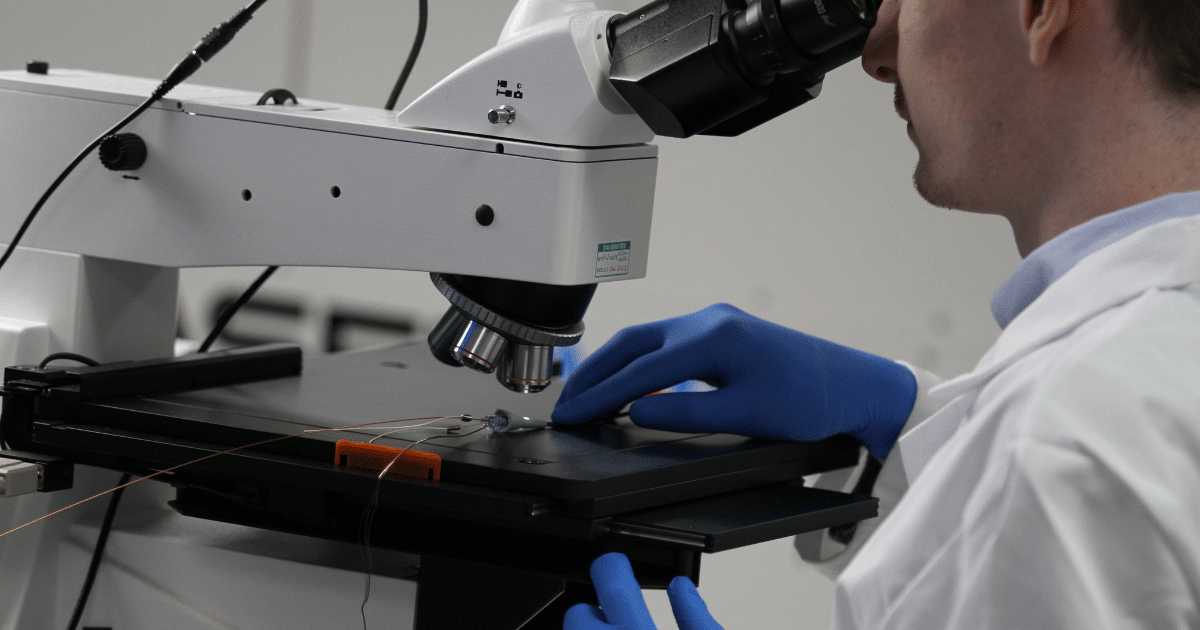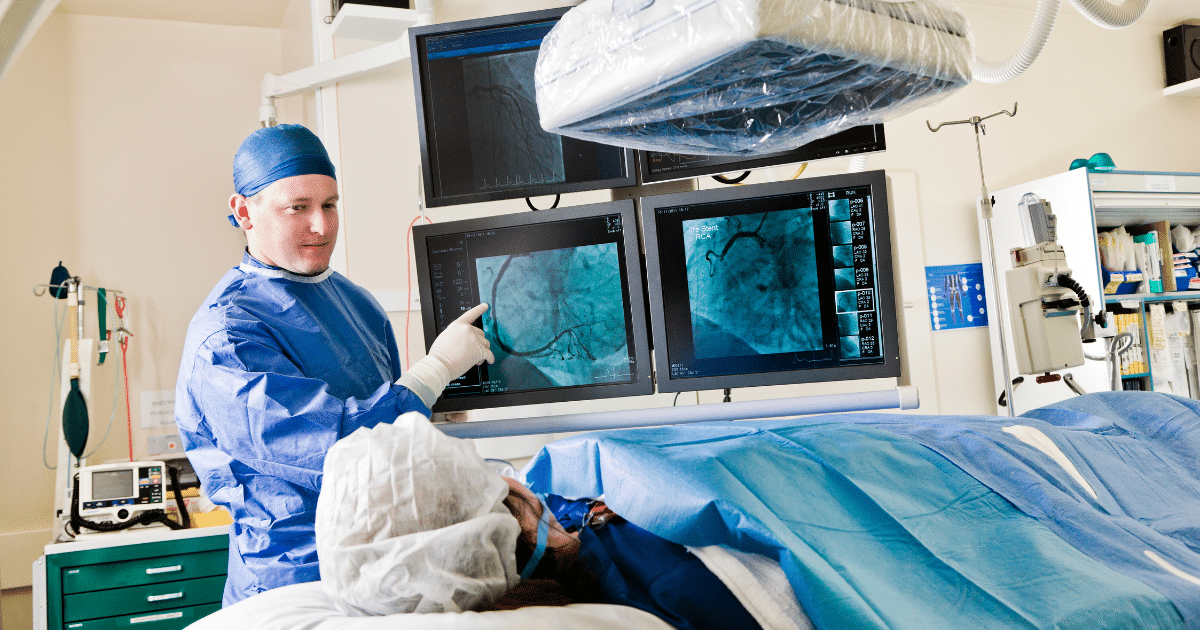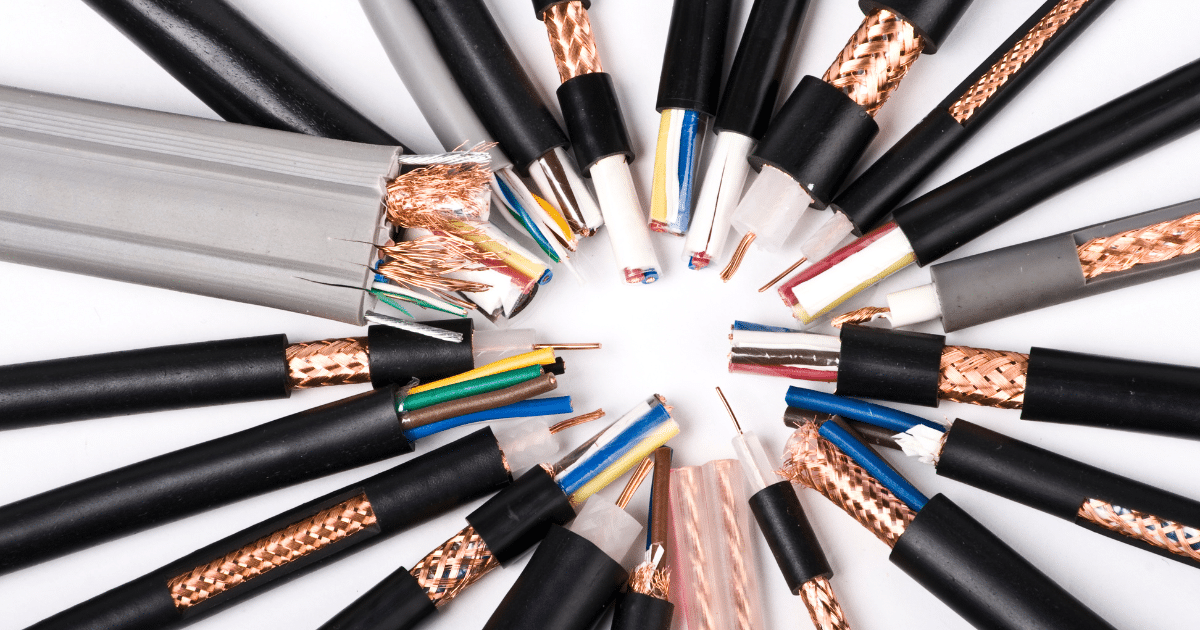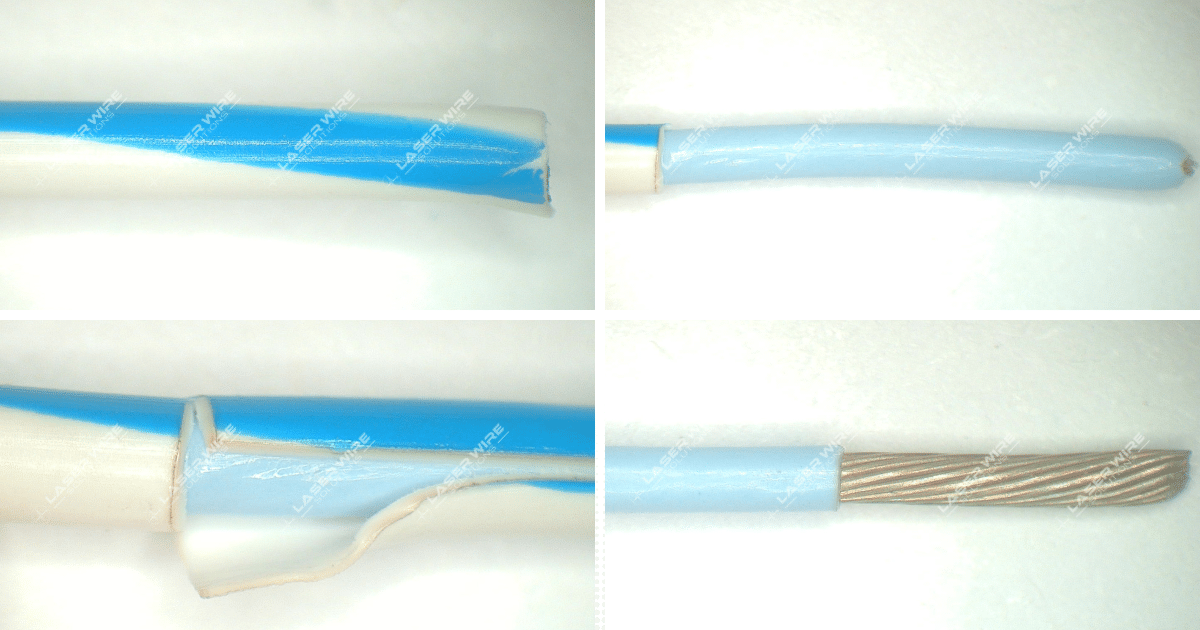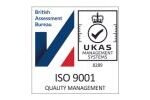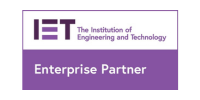The Critical Role of Precision in Medical Wire Processing
Medical device manufacturing demands an unprecedented level of precision, particularly in wire insulation removal. Laser wire stripping has emerged as a transformative technology, offering unparalleled control and reliability for the most demanding medical applications.
Medical Wire Insulation Materials: A Technical Overview
Enamel Insulation: The Cornerstone of Precision Medical Wiring
Enamel coatings represent a critical challenge in medical wire processing, characterized by:
- Extremely thin layer thickness (0.5-2 μm)
- High dielectric strength
- Complex molecular composition
Enamel Composition Variations
- Polyurethane-based enamels
- Polyamide-based formulations
- Polyesterimide coatings
Advanced Insulation Materials in Medical Devices
- Polyimide Insulation
- Exceptional thermal stability
- Biocompatibility
- Minimal outgassing characteristics
- PTFE (Teflon) Micro-Coatings
- Ultra-low friction properties
- Chemical inertness
- Minimal surface interaction
- Specialized Polymer Jackets
- Silicone-based coatings
- Fluoropolymer advanced formulations
- Biocompatible polymer systems
Laser Processing: Precision Engineering Considerations
Wavelength Optimization for Medical Wire Stripping
Optimal Wavelength Ranges
- 355nm: Precision enamel removal
- 1064nm: Advanced polymer processing
- 266nm: Ultra-precise micro-coatings
Critical Processing Parameters
Enamel Removal Specifications
- Pulse Duration: 10-30 nanoseconds
- Energy Density: 1.2-2.5 J/cm²
- Precision Accuracy: ±5 μm strip length
Performance Metrics for Medical Applications
Key Performance Indicators:
- Strip Uniformity: >99.7%
- Substrate Damage: <0.05% surface alteration
- Electrical Integrity Preservation
- Minimal Thermal Impact
Technological Challenges and Innovative Solutions
Advanced Processing Techniques
- Real-time optical monitoring
- Adaptive energy modulation
- Machine learning-enhanced parameter optimization
Quality Control Methodologies
- Microscopic surface examination
- Electrical resistance validation
- Statistical process control
Practical Implementation Considerations
Wire Diameter Ranges
- Micro-diameter processing: 30-50 AWG
- Typical medical device applications: 36-44 AWG
System Integration Requirements
- Cleanroom compatibility
- Precise environmental controls
- Network-enabled monitoring systems
Compliance and Regulatory Considerations
Critical Certification Standards
- ISO 13485 Medical Devices
- FDA Quality System Regulations
- IEC 60601 Medical Electrical Equipment
Emerging Technologies on the Horizon
Future Processing Innovations
- Adaptive laser processing systems
- AI-enhanced parameter optimization
- Real-time quality prediction algorithms
Conclusion: Precision at the Molecular Level
Laser wire stripping for medical devices represents the pinnacle of manufacturing precision. By understanding and manipulating complex material interactions, manufacturers can achieve extraordinary reliability and performance.
Technical Consultation
For specialized medical wire processing solutions:
- Email: sales@laserwiresolutions.com
- Phone: +44 (0) 144 384 1738
- Or, request a demo.

